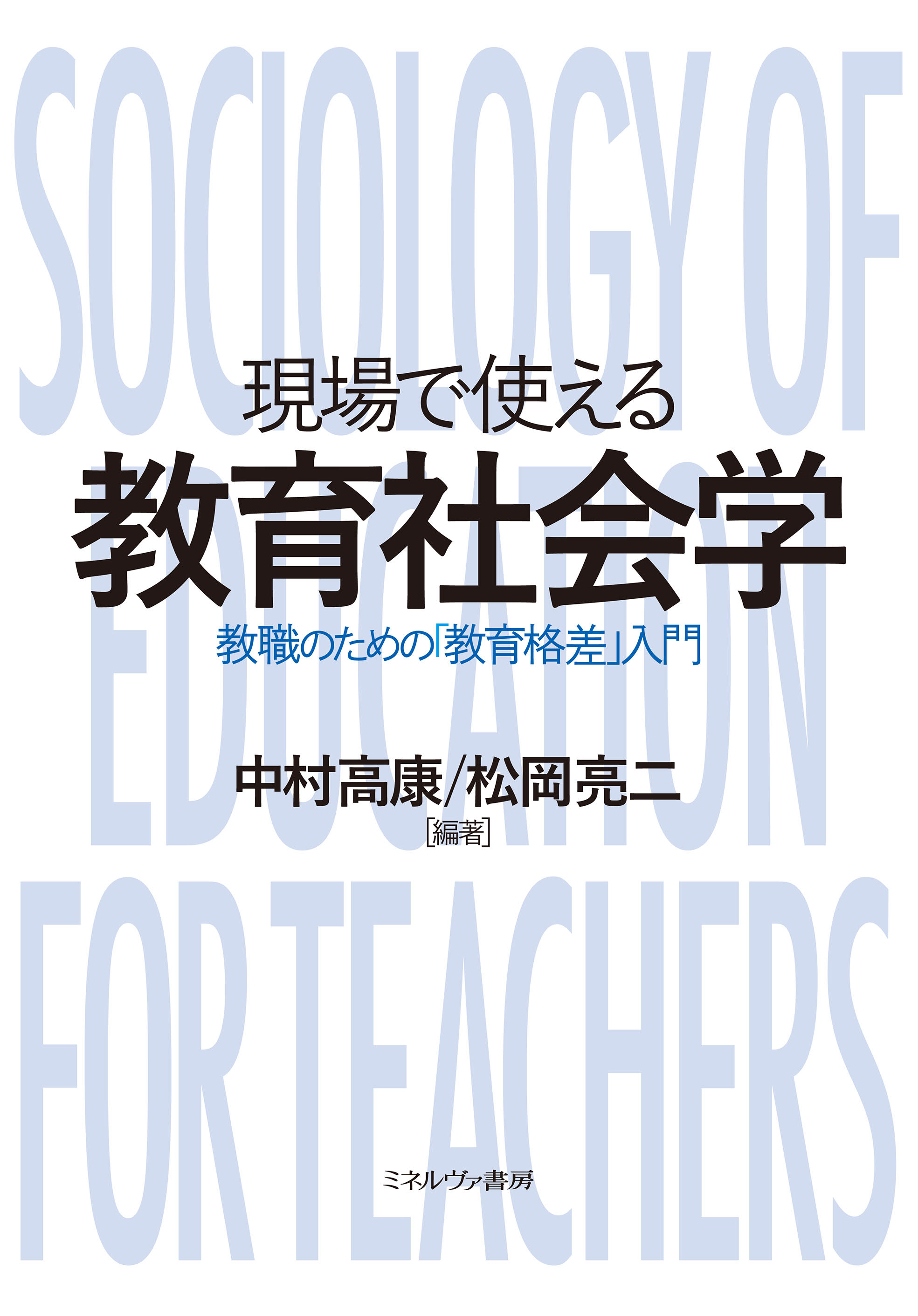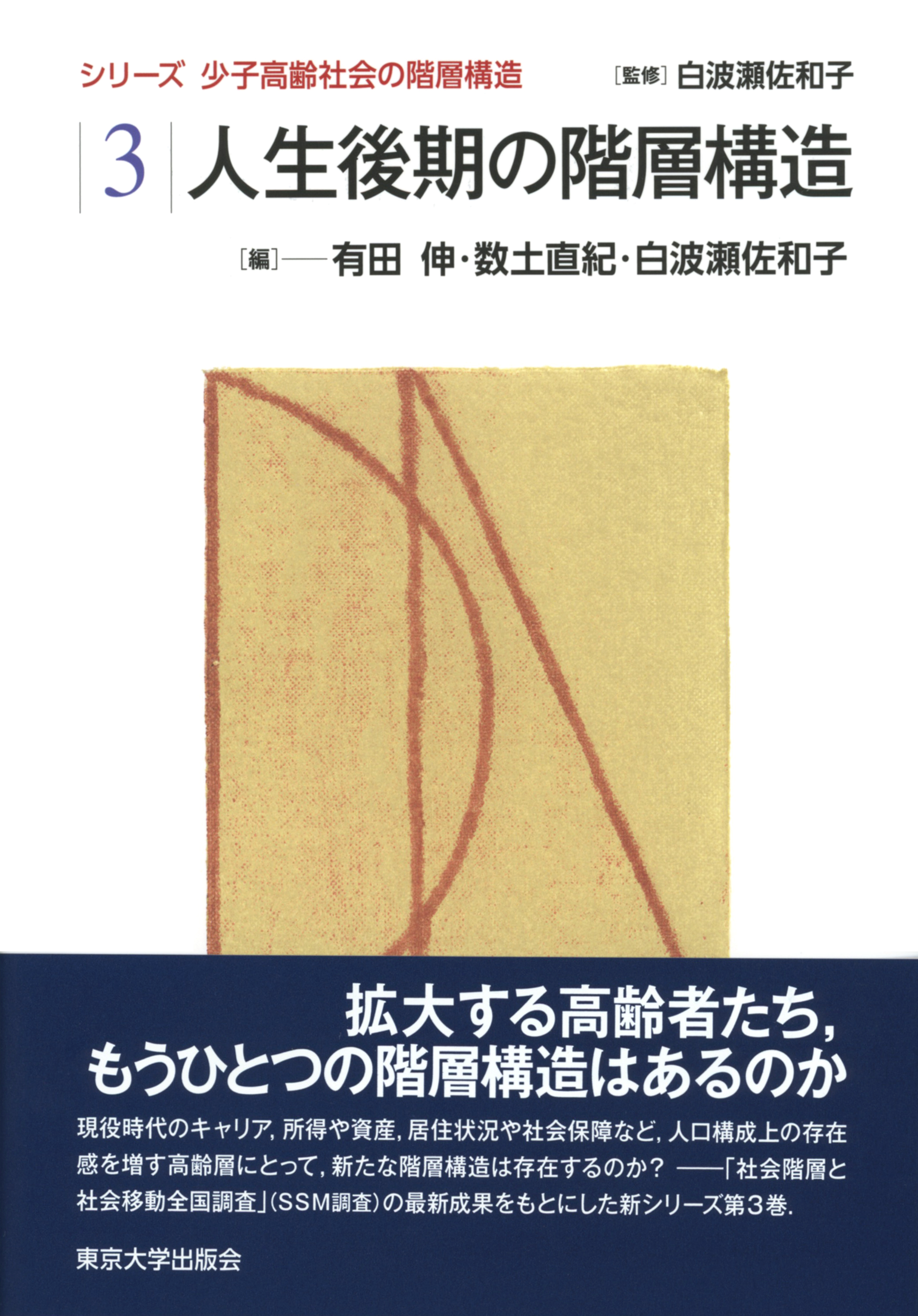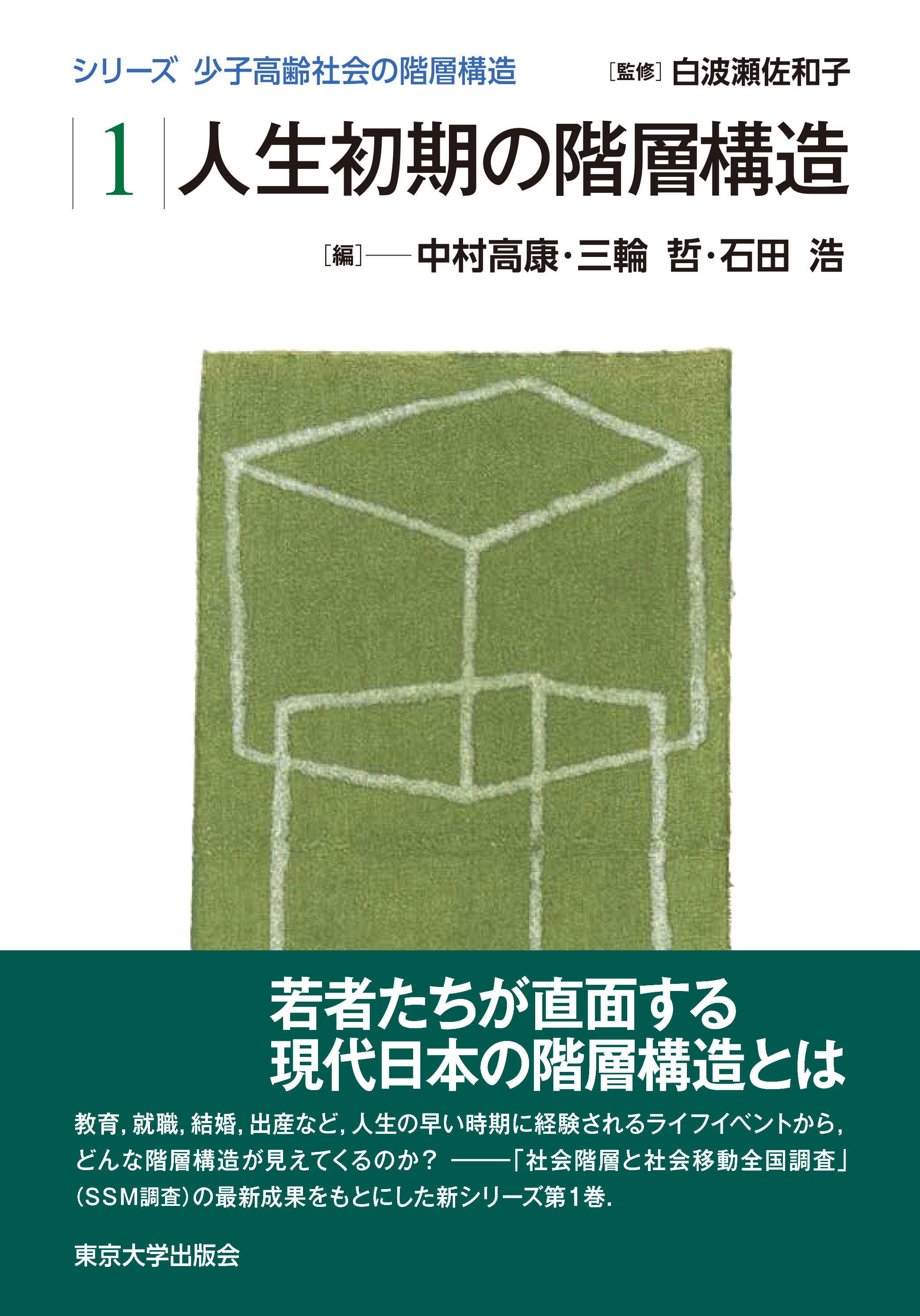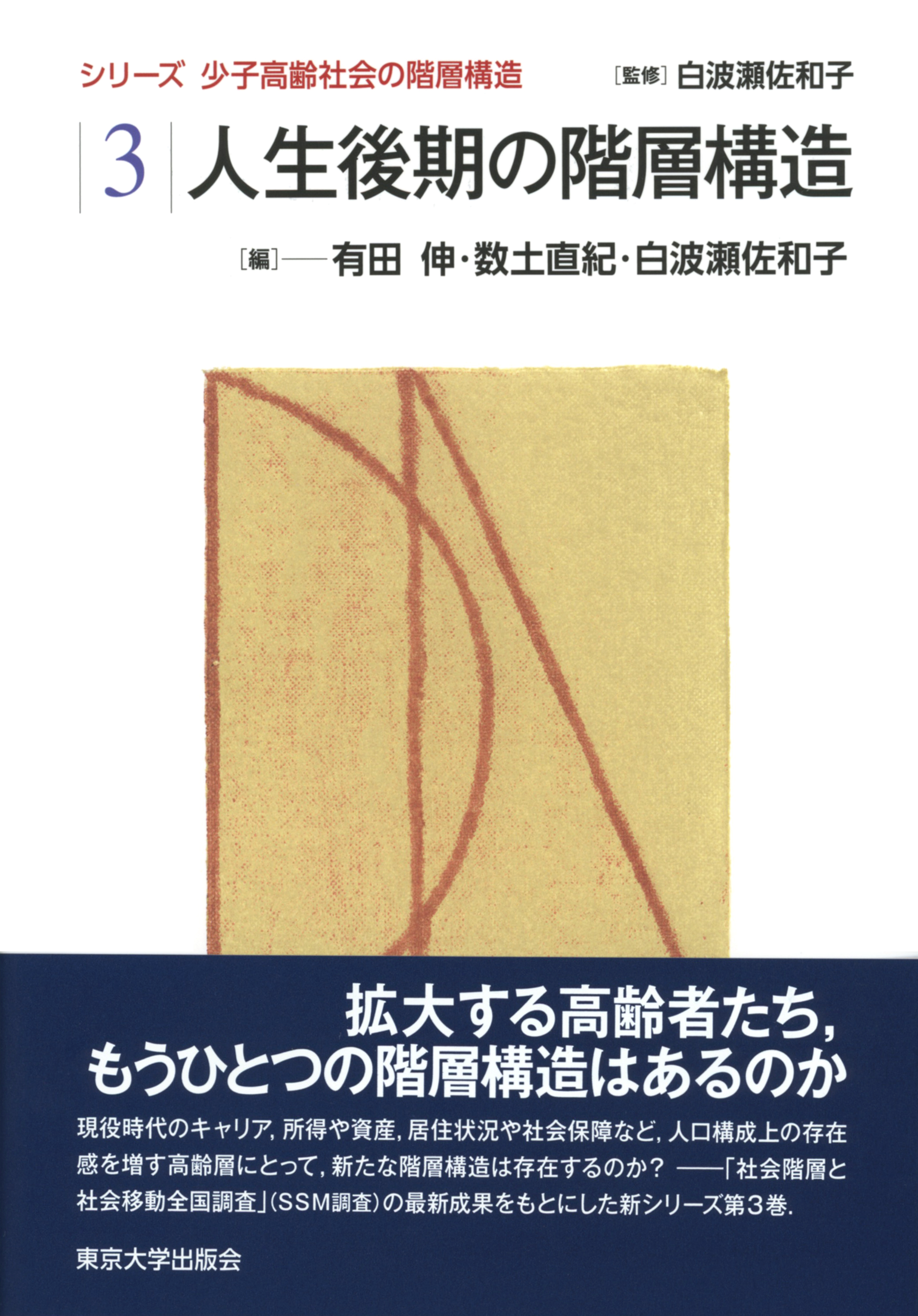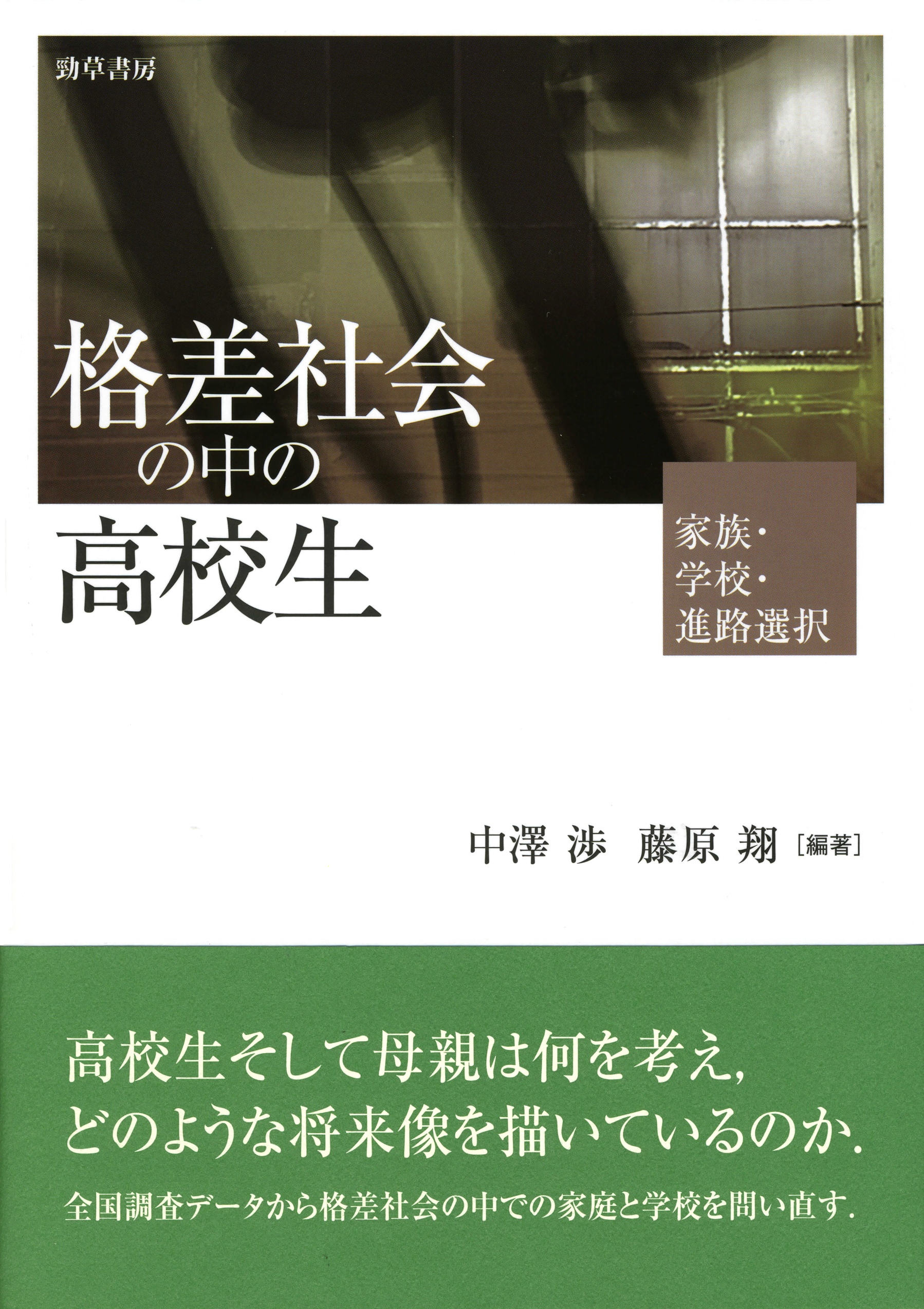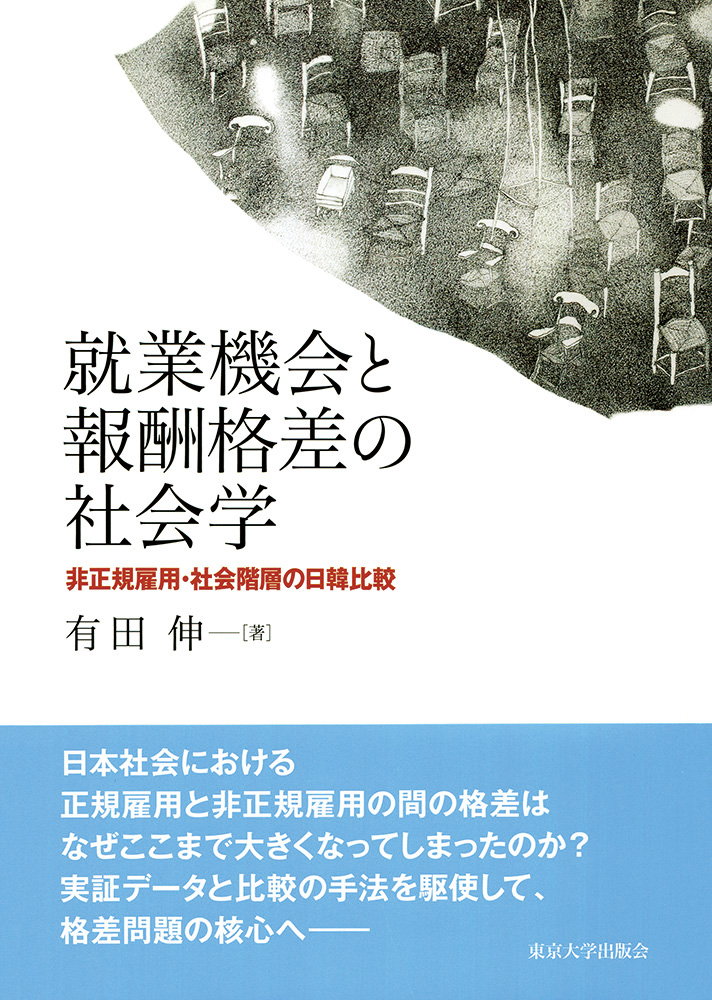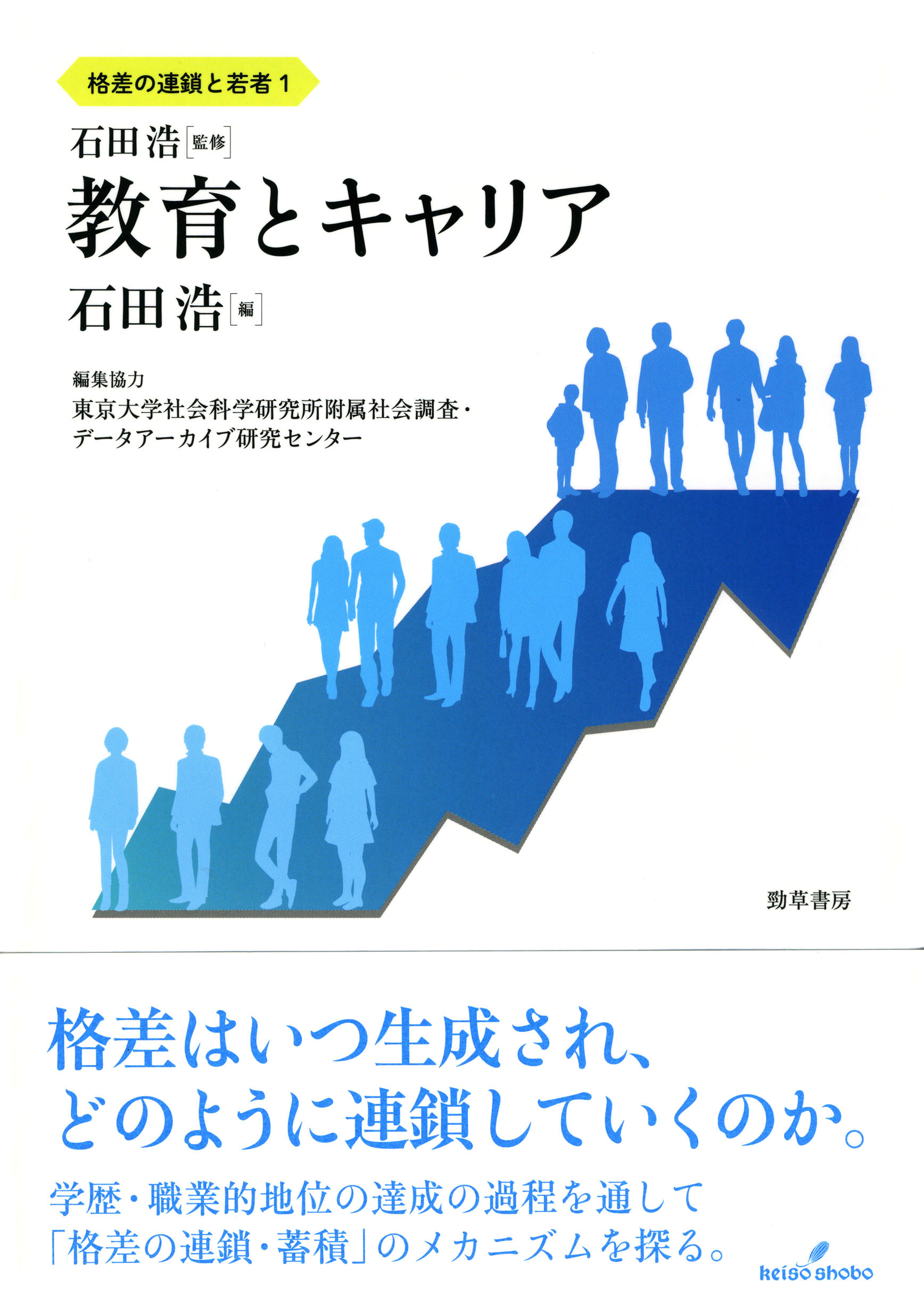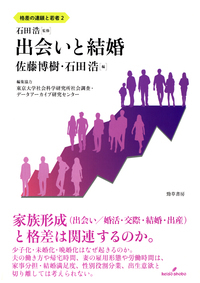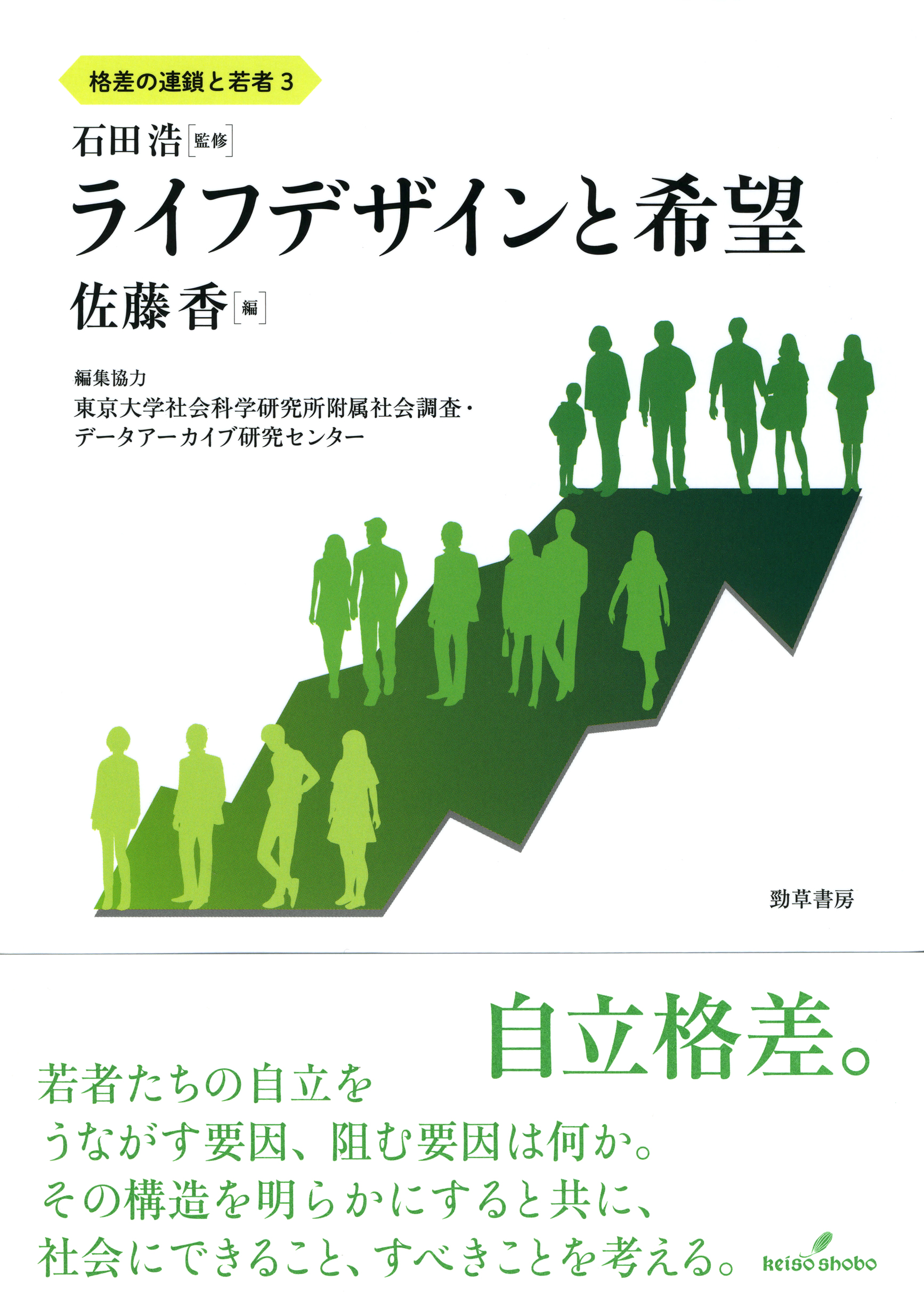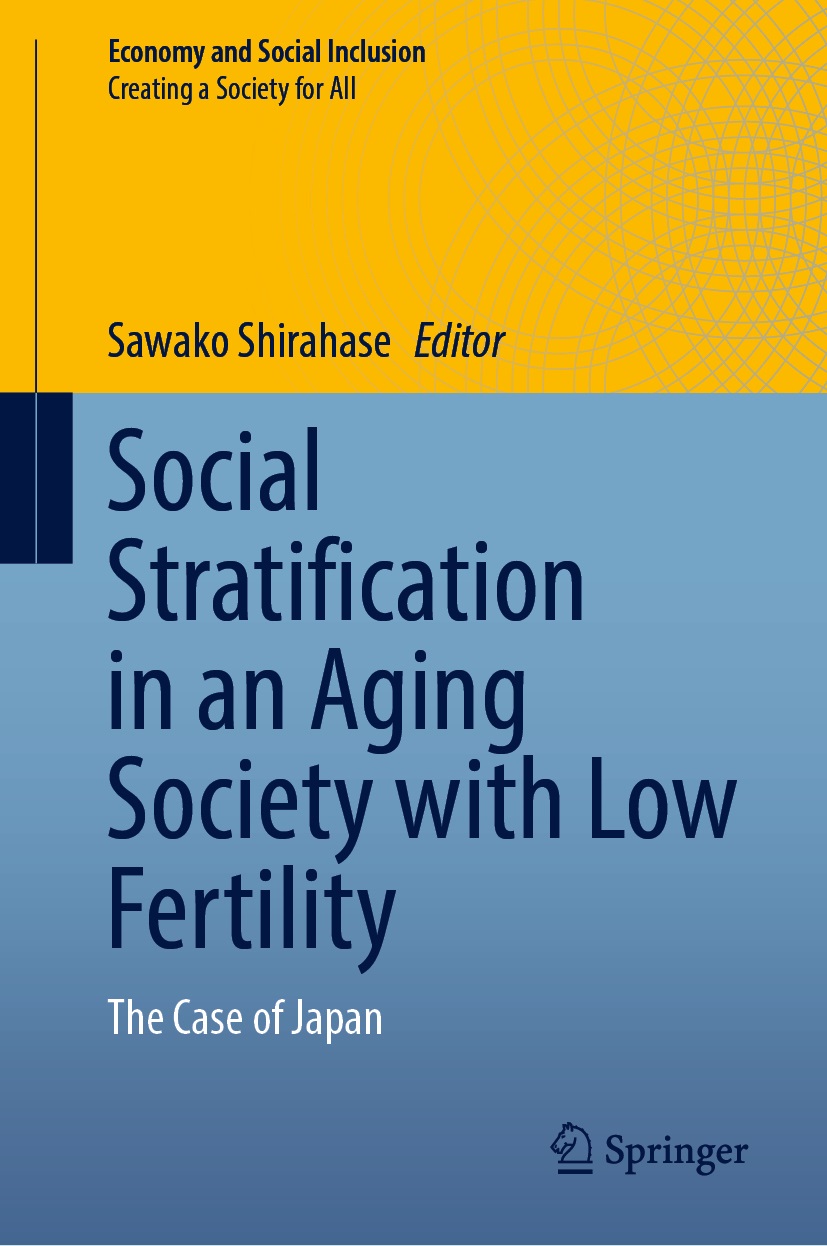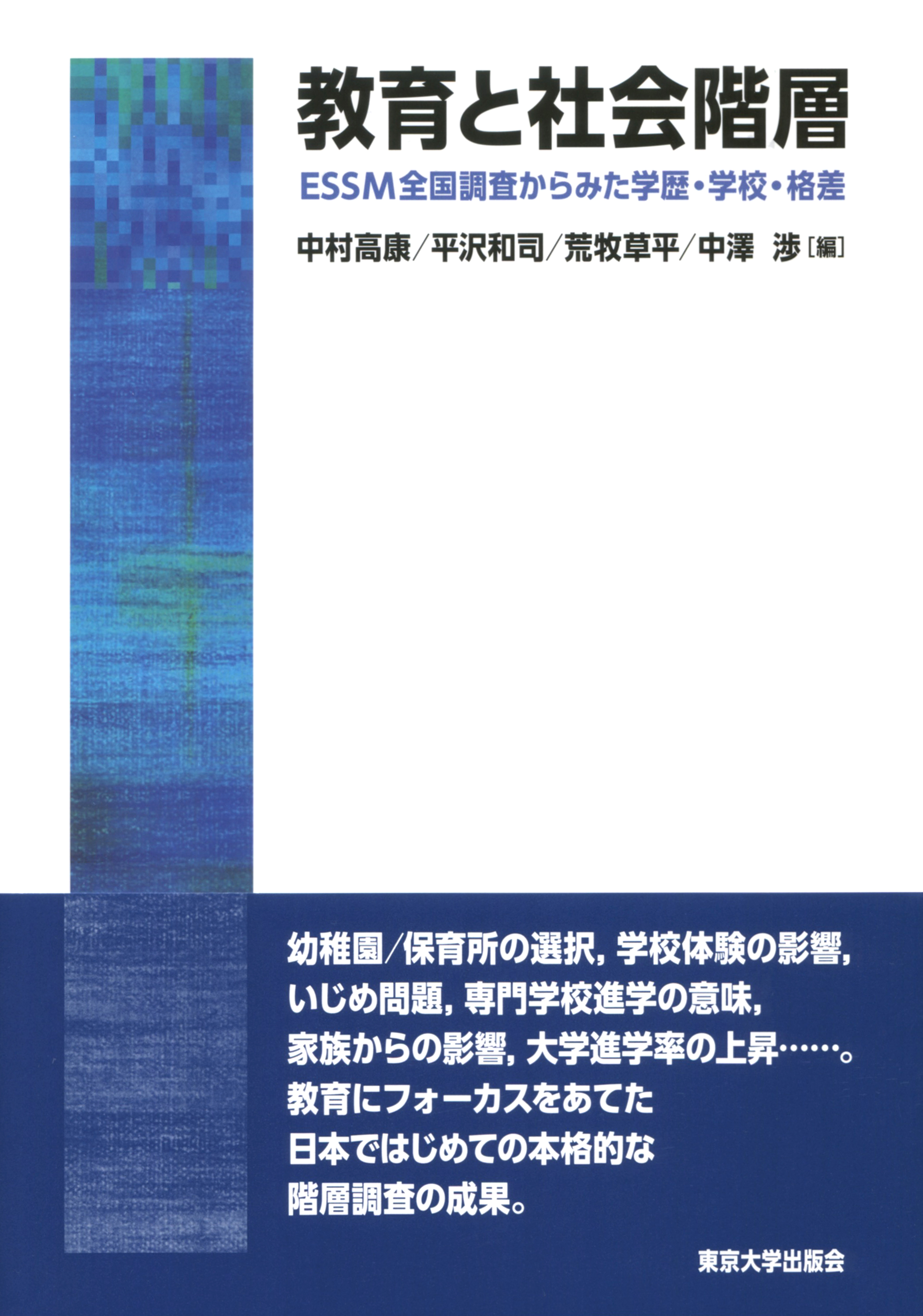
Title
Kyoiku to Shakai-Kaiso (Education and Social Stratification - Analysis based on the ESSM2013 Survey in Japan)
Size
246 pages, A5 format
Language
Japanese
Released
July 31, 2018
ISBN
978-4-13-050193-4
Published by
University of Tokyo Press
Book Info
See Book Availability at Library
Japanese Page
This book is a collection of articles summarizing the results of data analysis obtained through the Survey of Education, Social Stratification, and Social Mobility in Japan, 2013 (ESSM 2013). The survey was conducted as the “National Survey of Education and Work.”
Factors such as the increase of non-permanent employment, low birth rates, and social aging have been significantly changing education, childrearing, work style, and lifestyle in the current Japanese society. This has been attended by the diversification of values. People have been voicing more diverse opinions about education and childrearing. Further, disparity among people has also been gaining attention.
Disparity has recently been actively discussed in relation to education, work, and the economic situation. However, information about work and the economic situation has lacked in survey data on education, while conversely, there has been insufficient research on education involved in surveys on work and/or the economic situation. As a result, no survey data has provided sufficient information to accurately grasp the relationship between education and work and/or the economic situation.
In response to this situation, our research group (the Education, Social Stratification, and Social Mobility Survey Research Group) decided to conduct detailed research on the relationship between education experience and occupation and social disparity from both sides. We believed that this would allow us to measure and analyze the relationship in a way that conventional data has been unable to elucidate. The results of this analysis will also allow us to make effective recommendations for educational policies in the future.
For example, the first chapter dissects how social strata is related to parents’ choices between kindergarten/yōchien and daycare center for children/hoikuen, which conventional social stratification surveys have yet to provide enough data to elucidate at a national level. Nor have deviant behavior and bullying been adequately elucidated in relation to social stratification, despite being familiar topics in the sphere of education. These are handled in the second chapter. Moreover, the ESSM 2013 has more survey items on experiences and perceptions related to educational credentials and education compared to conventional social stratification surveys. This book attempts to consolidate such information to analyze them in relation to social stratification (Chapters 3, 8 and 9).
In addition, the quality of ESSM 2013 is high not only in terms of its content but also as survey data. For example, it has a valid response rate of 60.3% (pure response rate based on the planned sample size), which is very high compared to similar surveys. This is because various efforts have been made to increase the response rate, which is explained in the Introduction. The survey also boasts of very high academic reliability in terms of its data, as it uses nationwide random sampling. This book is recommended for anyone who is interested in exploring the subject further.
(Written by NAKAMURA Takayasu, Professor, Graduate School of Education / 2021)
Related Info
National survey (Takayasu Nakamura Lab Faculty of Education, Graduate School of Education, The University of Tokyo)
https://www.p.u-tokyo.ac.jp/~tknaka/english/national-survey



 Find a book
Find a book


 eBook
eBook